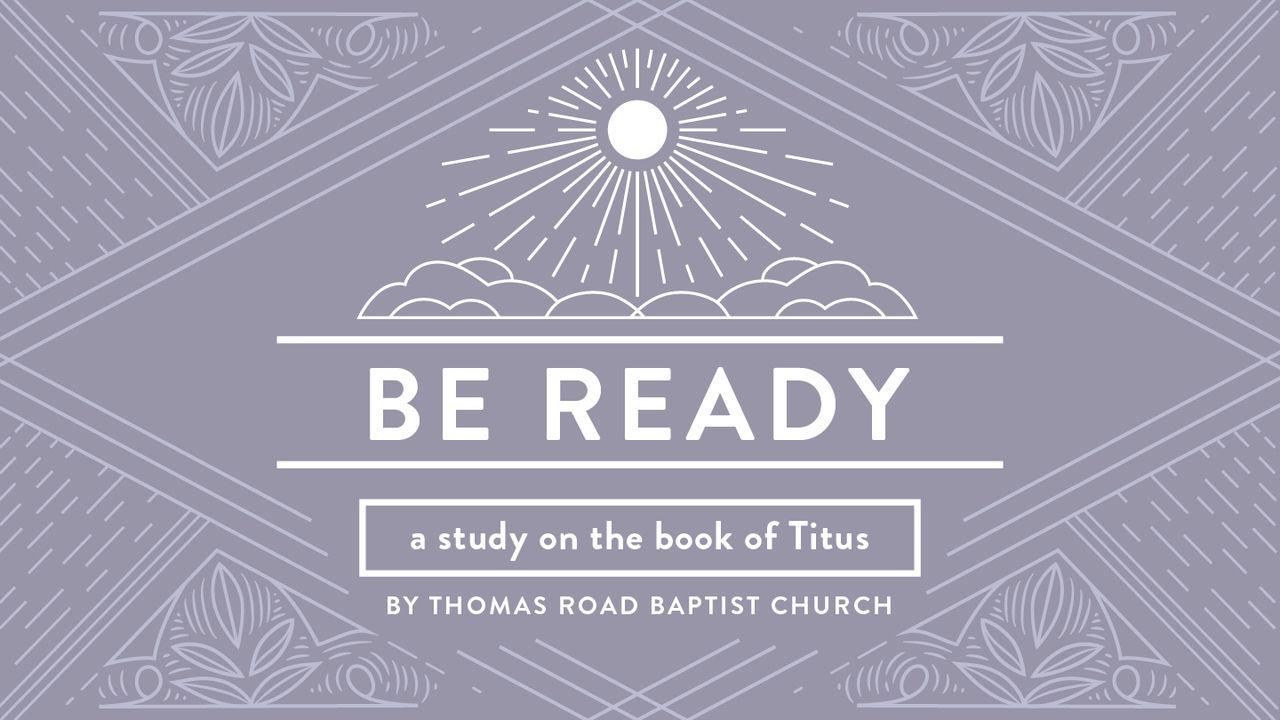Be Ready: A Study in TitusNäide

What does it say?
Paul gave instructions to Titus concerning groups of people in the church.
What does it mean?
Paul urged Titus to teach sound doctrine to members of his church. Paul explained how members of the church should conduct themselves and be examples to one another. Specific behaviors are listed for both older men and women to model to the younger generation. Men should control themselves and be faithful to God and their families (Titus 2:2). Women must refrain from gossip and show respect, love, kindness, and purity (Titus 2:3-5).
How should I respond?
What kind of example are you? Are your attitudes, behavior, and speech a reflection of what God has done for you? Who around you could benefit from a godly example? As a Christian, you have the responsibility of living a godly life and encouraging others to do the same. Which characteristics in this chapter do you need to develop? The Christian life isn’t easy. Chances are someone you know is struggling. We can all benefit from someone who has “been there, done that.” Be aware of opportunities to encourage and instruct others in their faith today.
Pühakiri
About this Plan

The last of the pastoral epistles, the book of Titus, was written to help establish elders and churches on the island of Crete. Paul encourages Titus to cultivate both right beliefs through sound doctrine and right behavior through godliness. Titus encourages believers to “be ready for every good work” (Titus 3:1) so that we might show “the goodness and lovingkindness of God our Savior” (Titus 3:4).
More
Related Plans

So That

The Letter to the Colossians and the Letter to Philemon

Horizon Church October Bible Reading Plan - the Book of Romans: Freely Justified

I Feel Abandoned

Parables of Grace: Embrace God’s Love for You

Unlimited Motherhood: Overcome 12 Limits That Overwhelm and Conflict Our Hearts

The Table: What a Boy Discovered at Camp

Weary of Waiting: Finding Peace in God's Plan

God's Love Letter to You - Chronological Bible in a Year
